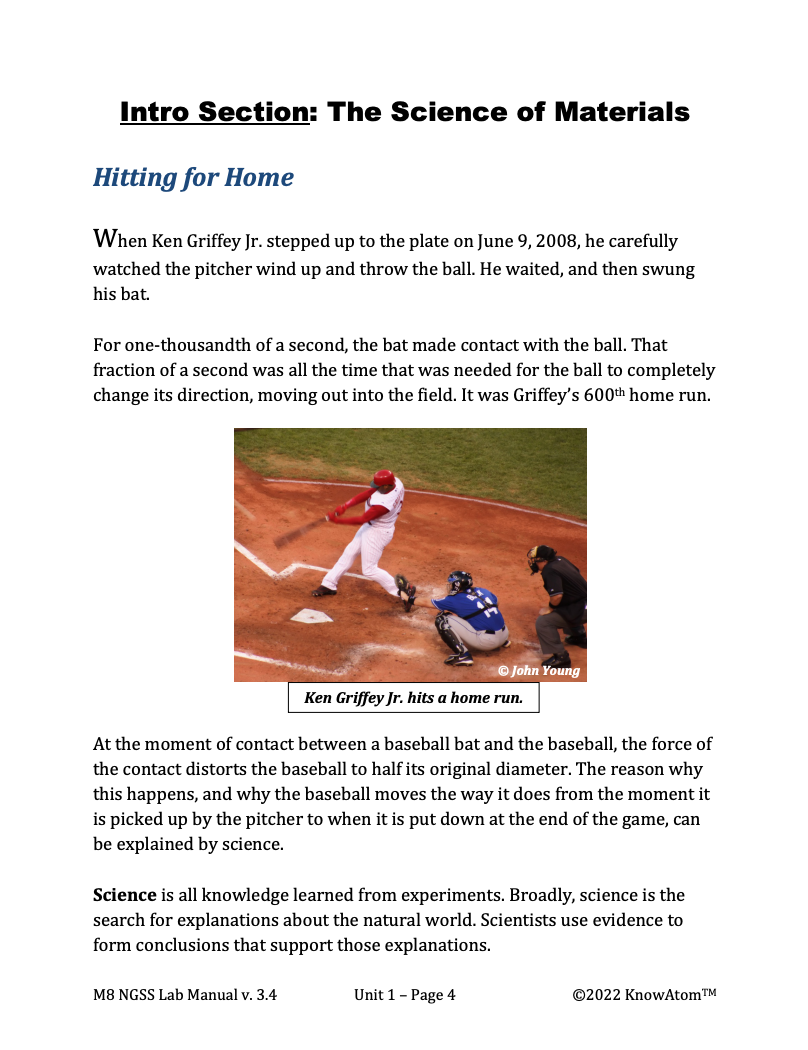
In this unit, students use the phenomenon of why certain materials (such as the materials that make up a baseball) are useful for a particular function to explore the relationship between matter and energy phenomena. In this lesson students manipulate the properties of a polymer bouncy ball by changing the amounts of reactants in a chemical reaction. This page highlights parts of this lesson.
.png)
In this unit, students discover how life reproduces at the cellular level, analyzing the science phenomena of how genetic information is stored in chromosomes. In this lesson, students observe mitosis in plants and animals. This page shows key components of this lesson.
.png)
IIn this unit, students analyze the science phenomena of inheritance, how living things pass along their genes to offspring. Students evaluate the role of DNA and chromosomes in heredity, and compare the two forms of cell division: the phenomena mitosis and phenomena meiosis. This page shows key components of this lesson on reproduction.
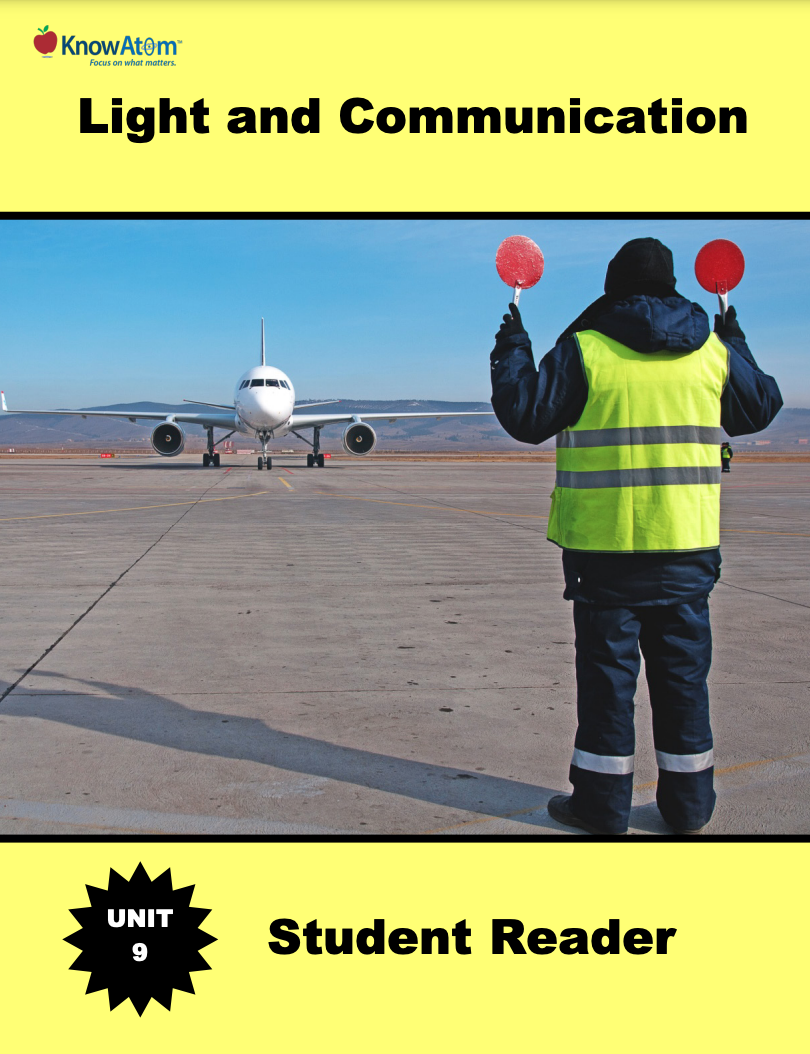
In this unit, students build on what they know about the science phenomena of energy transfer to focus on information transfer and how different technologies use patterns of sound, light, or numbers to transmit information. This page showcases key components of this lesson.
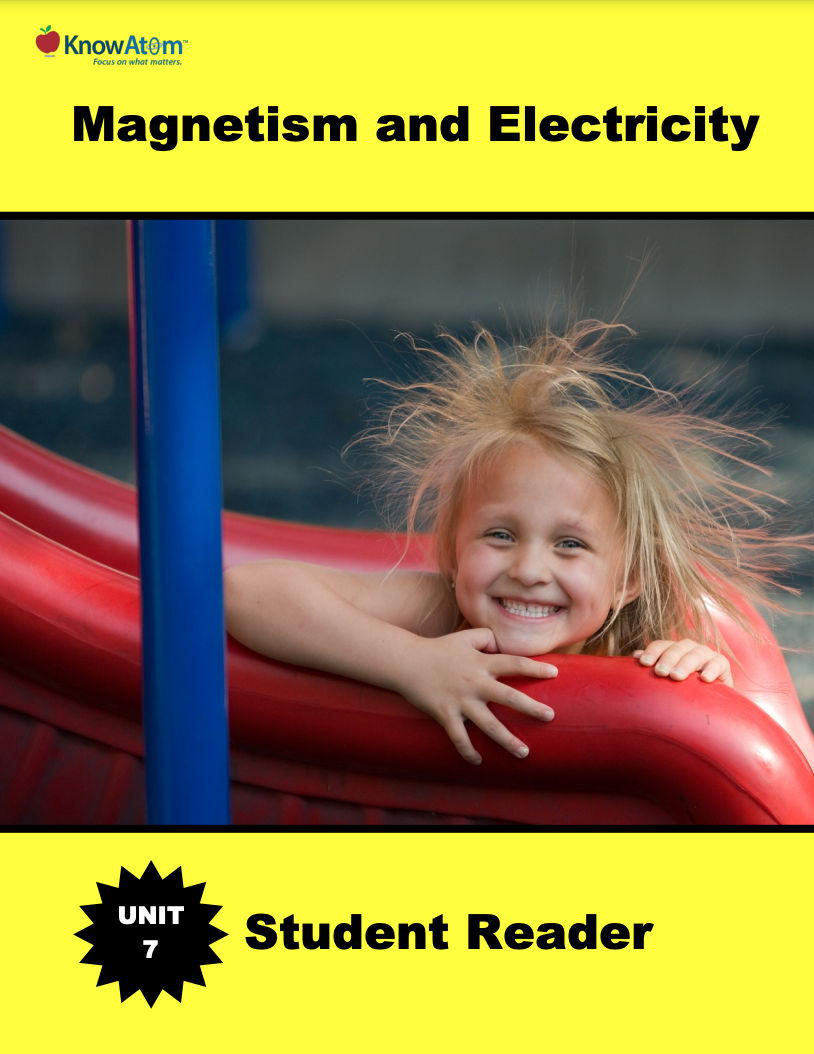
In this unit, students focus on the science phenomena of electric and magnetic forces. In this lesson, students build on their knowledge of forces by exploring electric forces. They analyze how materials can become either positively or negatively charged, and then use an electroscope to explore how opposite charges are pulled toward one another and like charges are pushed away from one another.
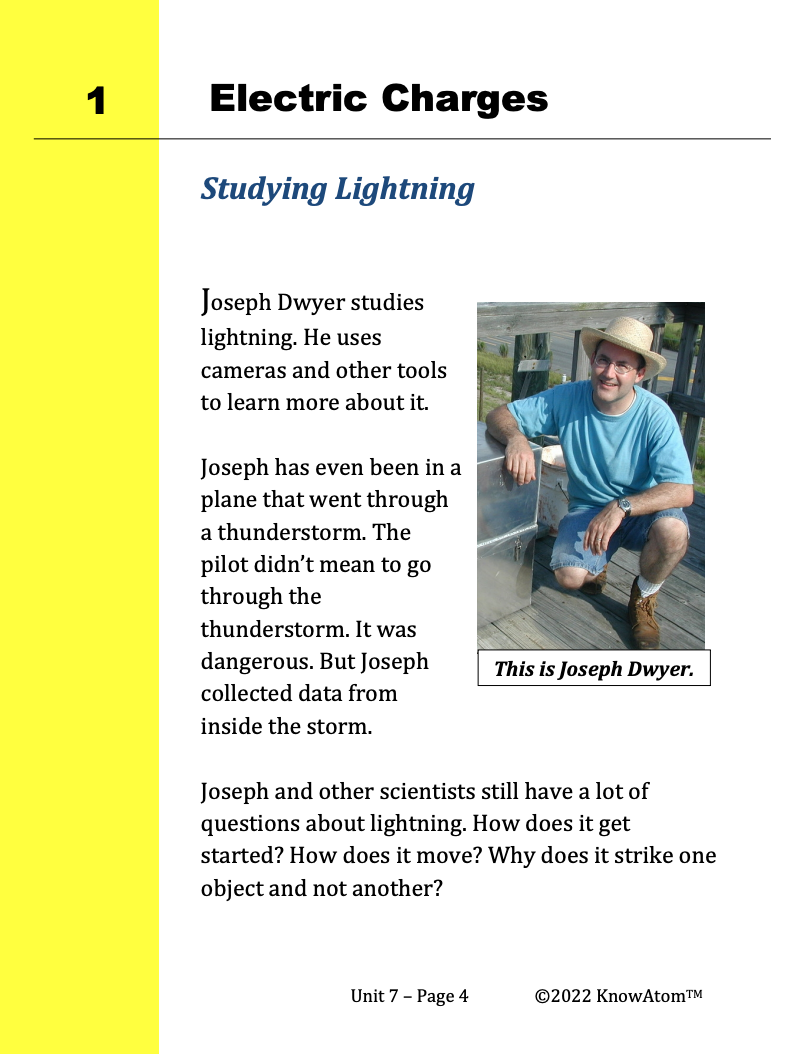
In this unit, students explore the science phenomenon of how materials can attract or repel other materials without touching them. In this lesson, they investigate how magnets can attract or repel certain objects within their magnetic field. This page highlights the key components of this lesson.
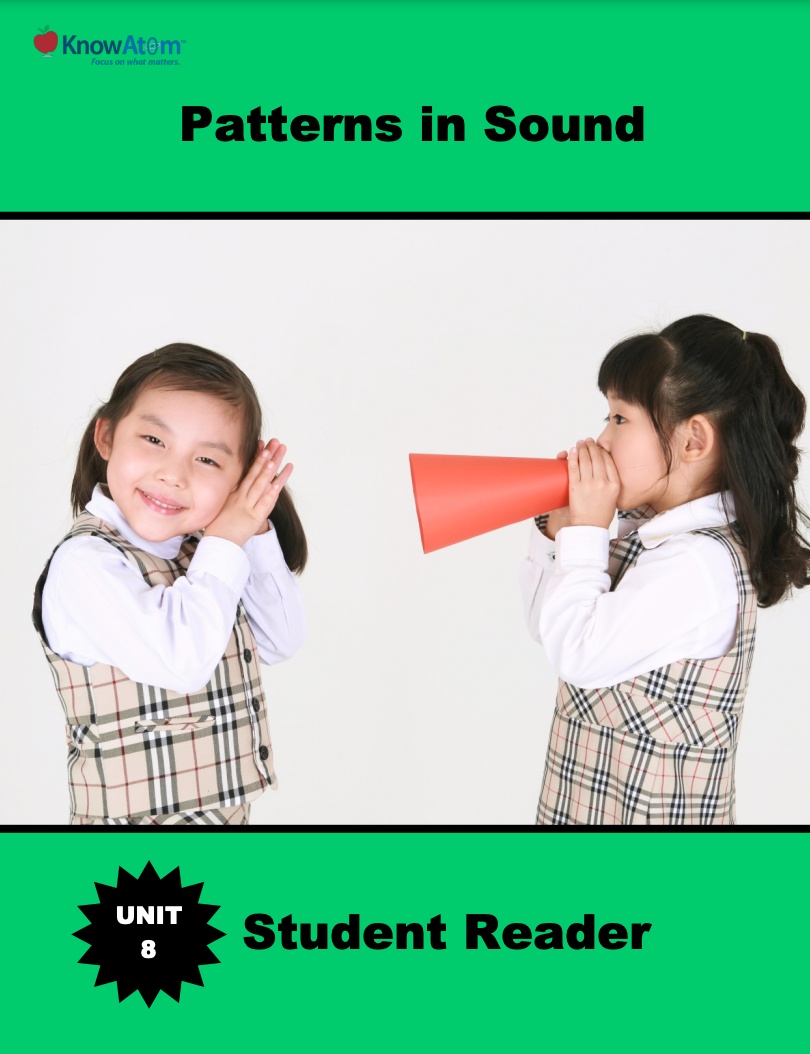
In this unit, students focus on the science phenomena of sound and hearing. Students begin with this lesson that has them exploring how sound causes matter to vibrate and how it moves differently through solids and liquids. This page highlights each component of this lesson.
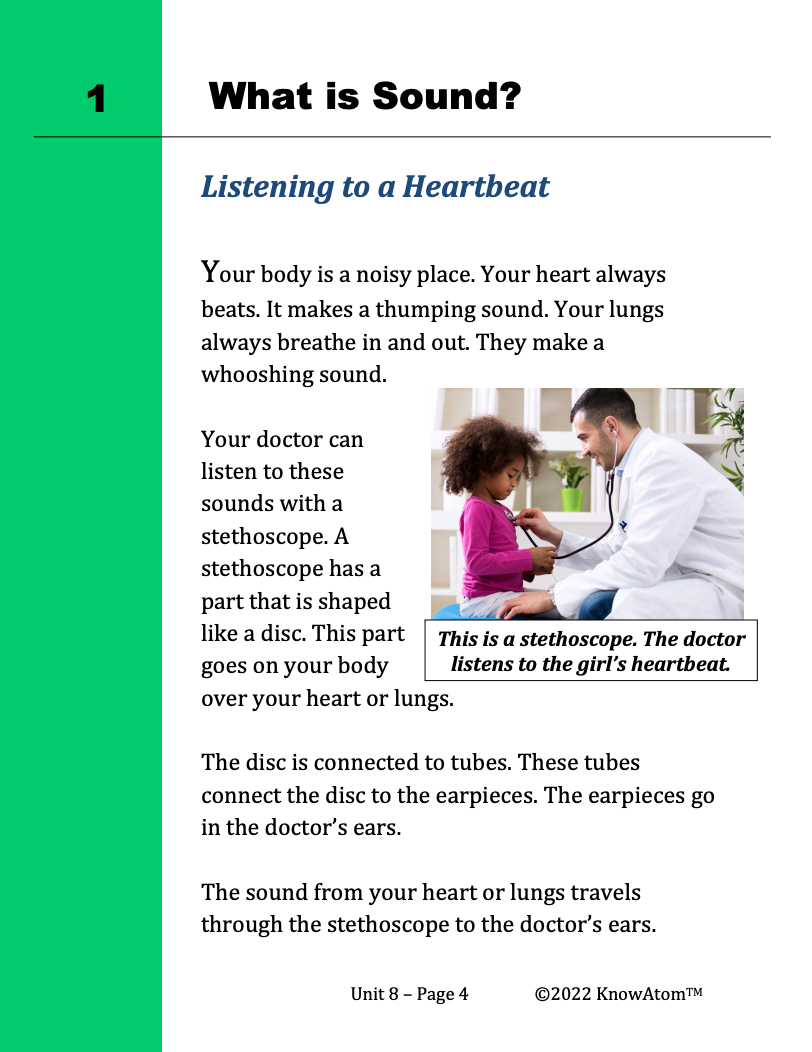
In this unit, students analyze the science phenomenon of how sound is a form of energy that travels through vibrating molecules. They test whether sound travels through both liquid and solid mediums and observe how sound makes sand particles vibrate. In this lesson, students apply their scientific knowledge of sound to an engineering challenge.
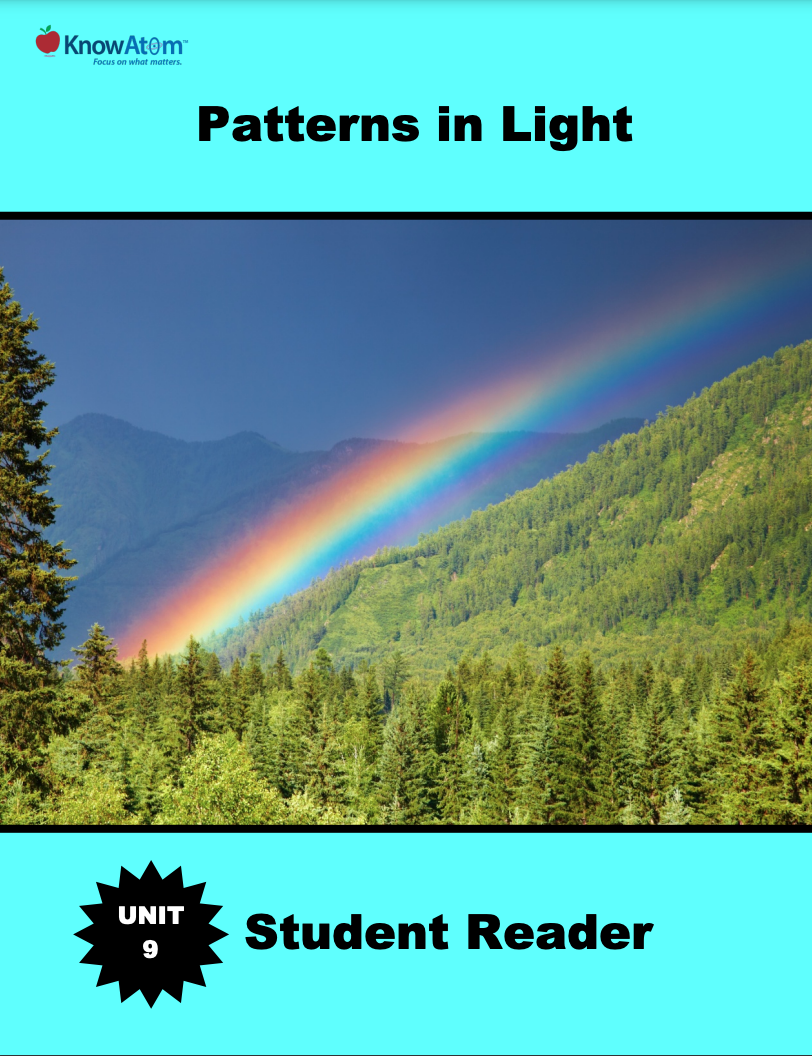
In this unit, students focus on the science phenomenon of light energy, investigating how it travels in a straight line and interacts with matter. Students apply their knowledge to design a prototype with mirrors and water that creates rainbows. This page showcases each component of the lesson.
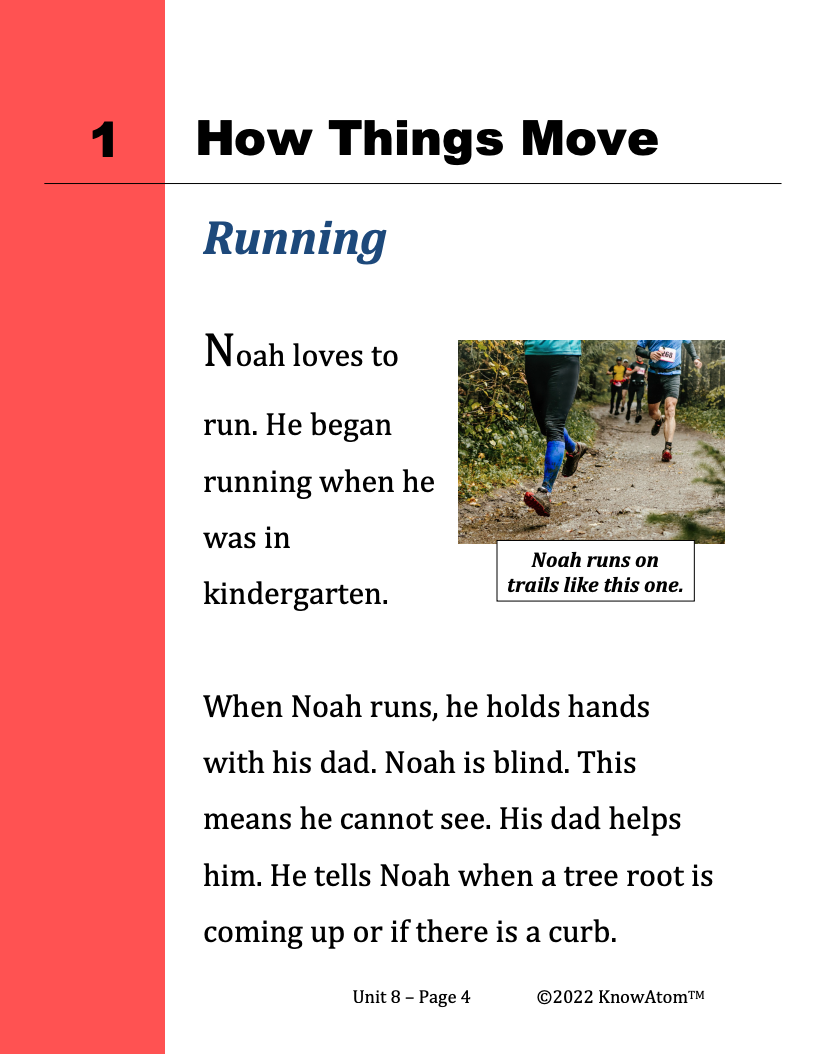
In this unit, students use propeller cars to explore the science phenomena of forces. They investigate action-reaction forces and see if a propeller car travels farther when its rubber band releases a smaller or larger force. Students then explore how friction affects motion by testing how far their car moves after rolling over smooth and rough surfaces.
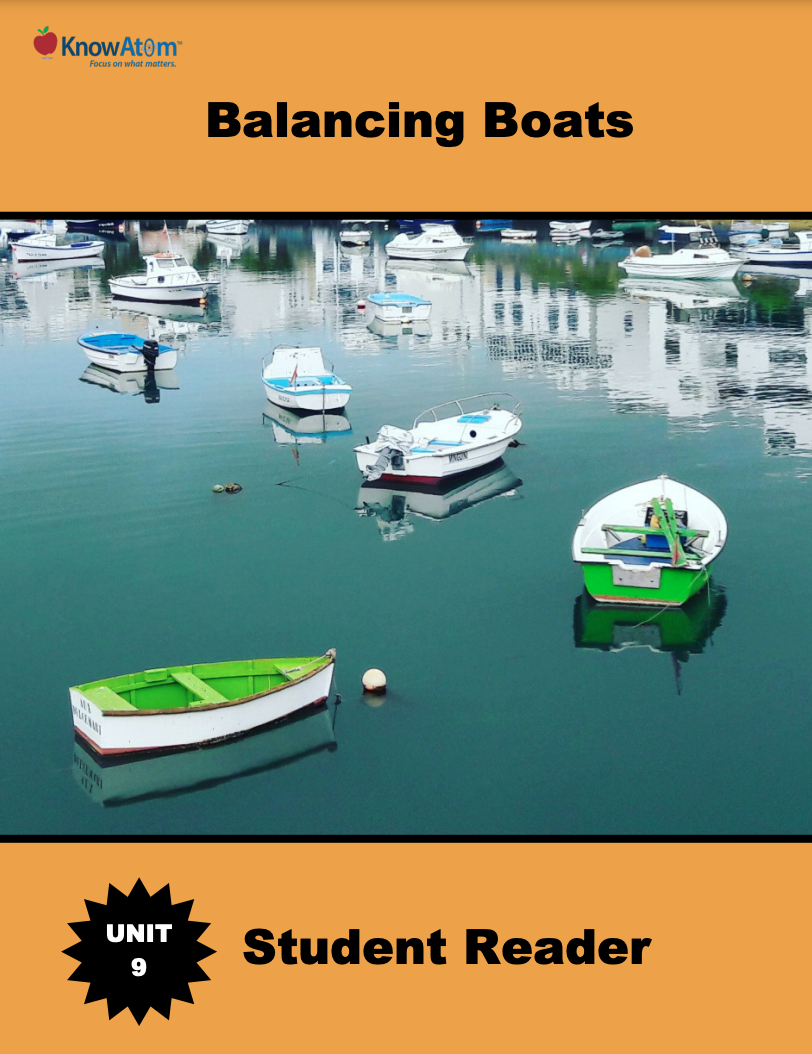
In the last unit, students used propeller cars to explore the relationship between forces and motion. In this unit, students continue to explore vehicles with a focus on boats and specifically the science phenomena of properties that cause objects such as boats to float or sink.
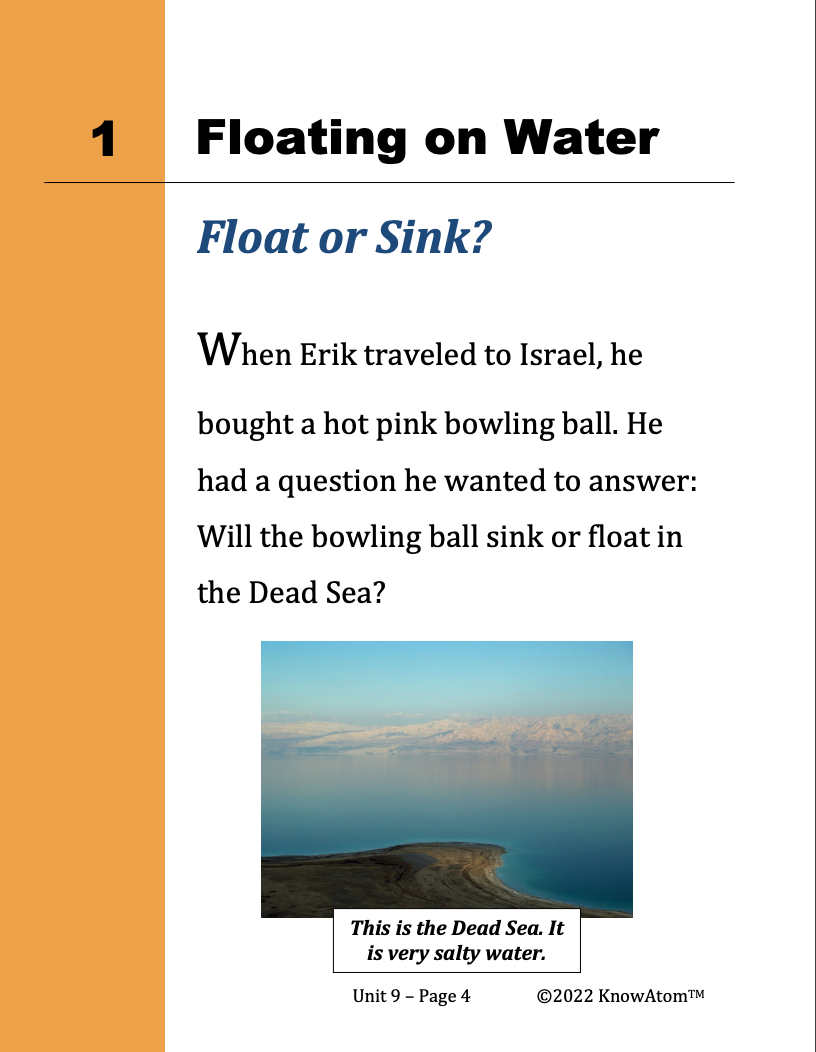
In this unit, students investigate what makes an object float or sink, exploring the science phenomena of properties of objects that float and sink. This page is a high-level extract of the last lesson in 2nd grade that has students applying their knowledge about the relationship between an object’s properties and its ability to float.
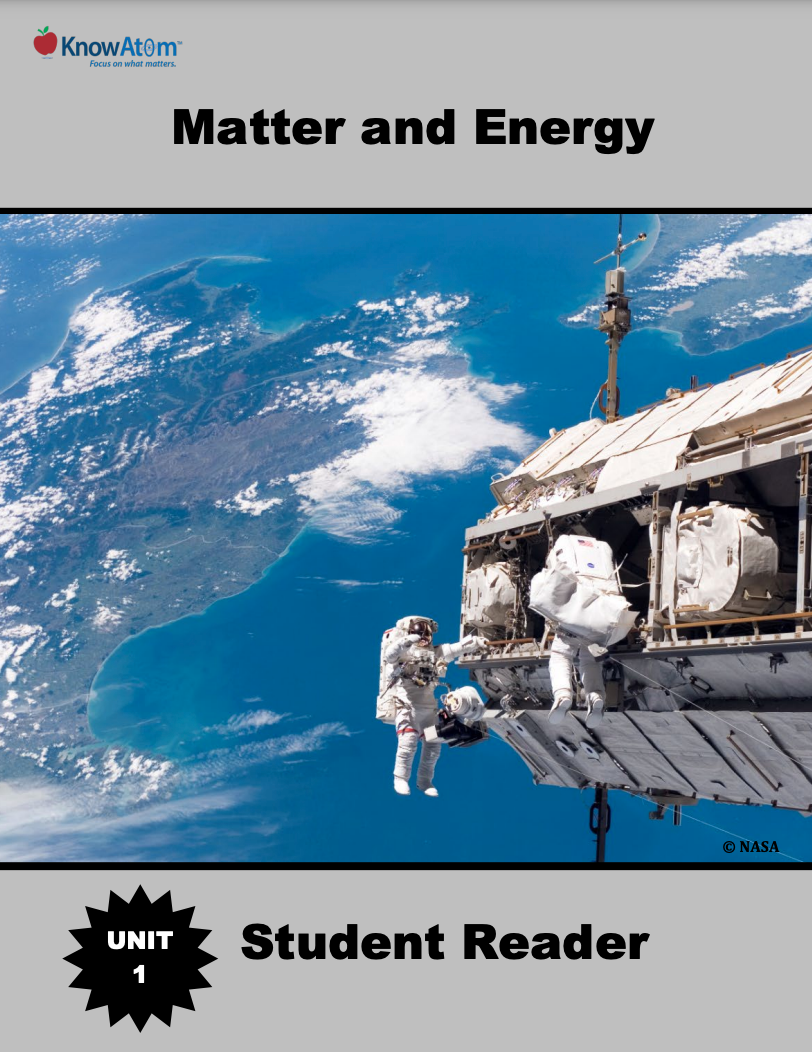
In this unit, students discuss the science phenomena of how matter has different properties depending on the number and kind of atoms that make it up. In this lesson, they observe how forces act on matter, focusing on how unbalanced forces cause objects to move. This page provides a high-level extract of this lesson.
Standards citation: NGSS Lead States. 2013. Next Generation Science Standards: For States, By States. Washington, DC: The National Academies Press. Neither WestEd nor the lead states and partners that developed the Next Generation Science Standards were involved in the production of this product, and do not endorse it.
